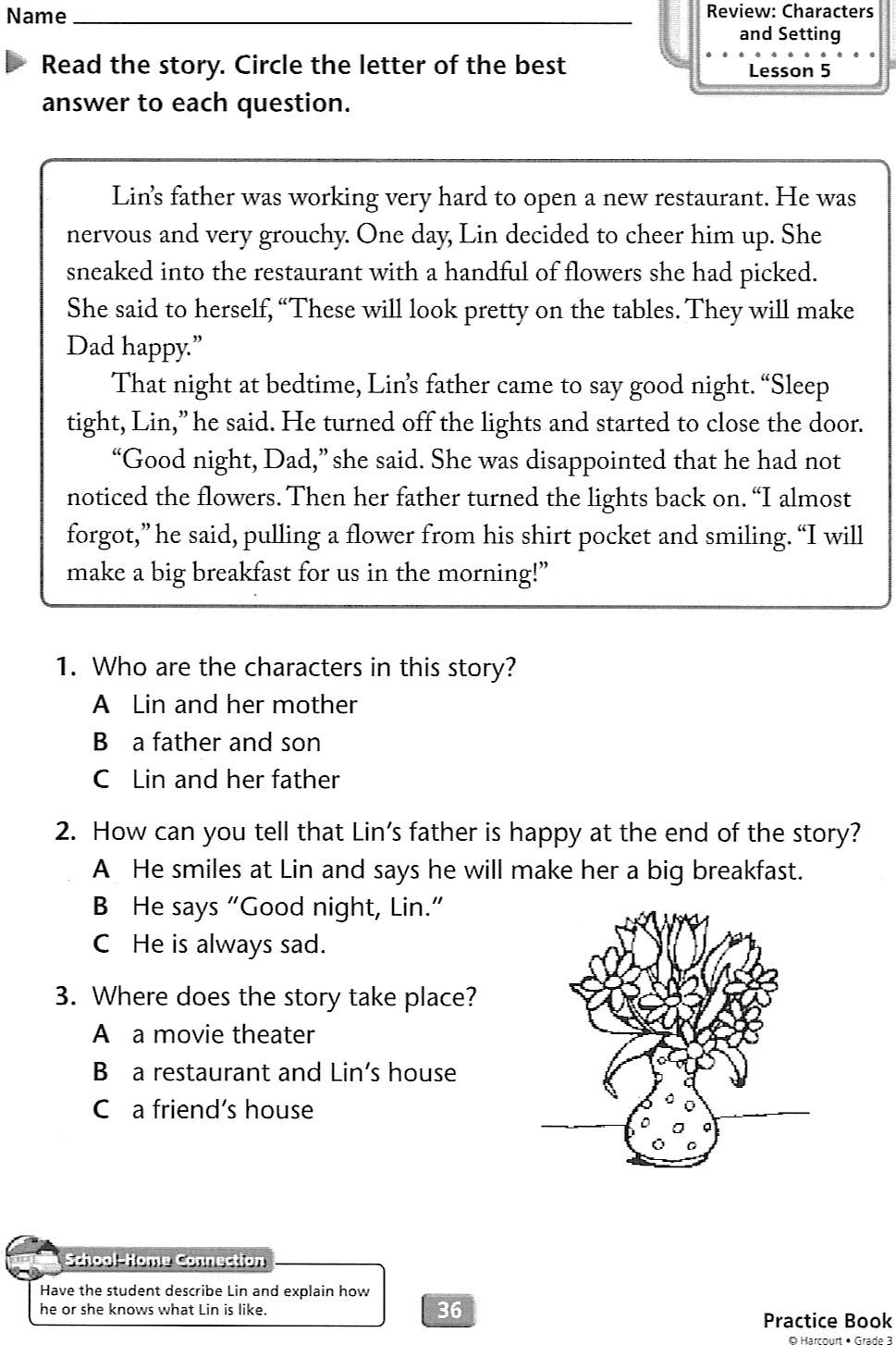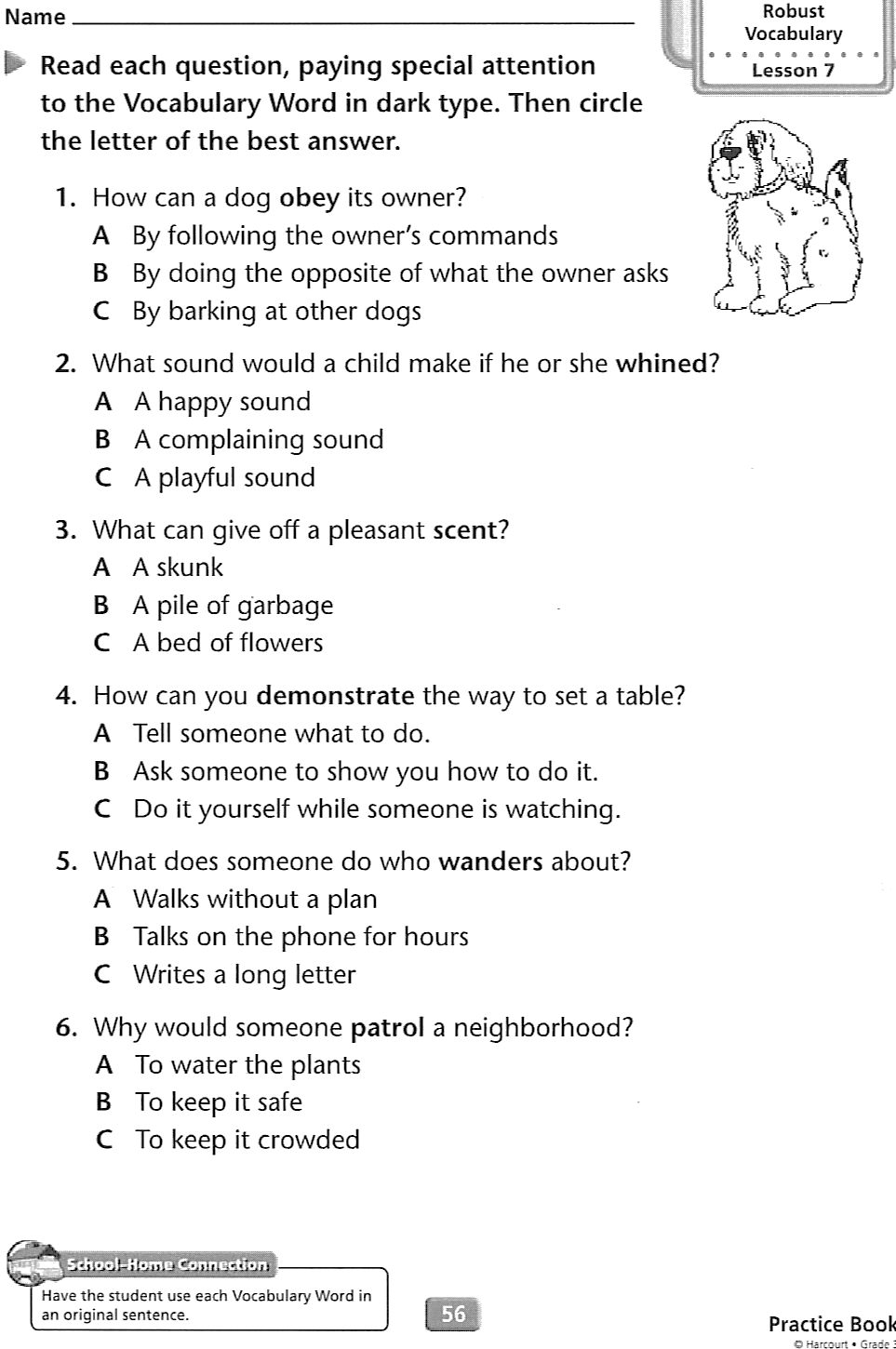

One child may casually dash off a piece of homework in half the time that another will spend laboring through in a cold sweat.ĭo students have more homework these days than previous generations? Given all the variables, it’s difficult to say. The time that individual children spend on it will be more or less than that, according to their abilities and interests. The other factor is that these are teachers’ estimates of the time that homework should take.


High school students who work with five teachers in different curriculum areas may find themselves with 17.5 hours or more of homework a week, which is the equivalent of a part-time job. To estimate the total time children are expected to spend on homework, you need to multiply these hours by the number of teachers they work with. First, these are the amounts given by individual teachers. From kindergarten to 5th grade, it was just under three hours per week from 6th to 8th grade, it was 3.2 hours and from 9th to 12th grade, it was 3.5 hours. In 2013, the University of Phoenix College of Education commissioned a survey of how much homework teachers typically give their students. In 1st grade, children should have 10 minutes of daily homework in 2nd grade, 20 minutes and so on to the 12th grade, when on average they should have 120 minutes of homework each day, which is about 10 hours a week. In the United States, the accepted guideline, which is supported by both the National Education Association and the National Parent Teacher Association, is the 10-minute rule: Children should have no more than 10 minutes of homework each day for each grade reached. In others, they may have 18 hours or more of homework every week.

In some schools and grades, children have no homework at all. The amount of homework young people are given varies a lot from school to school and from grade to grade. While Robinson’s latest book is geared toward parents, it also offers educators a window into the kinds of education concerns parents have for their children, including on the quality and quantity of homework. His TED Talk “Do Schools Kill Creativity?” holds the record for the most-viewed TED talk of all time, with more than 50 million views. For years, Robinson has been known for his radical work on rekindling creativity and passion in schools, including three bestselling books (also with Aronica) on the topic. Editor’s note: This is an adapted excerpt from You, Your Child, and School: Navigate Your Way to the Best Education ( Viking)-the latest book by author and speaker Sir Ken Robinson (co-authored with Lou Aronica), published in March.


 0 kommentar(er)
0 kommentar(er)
